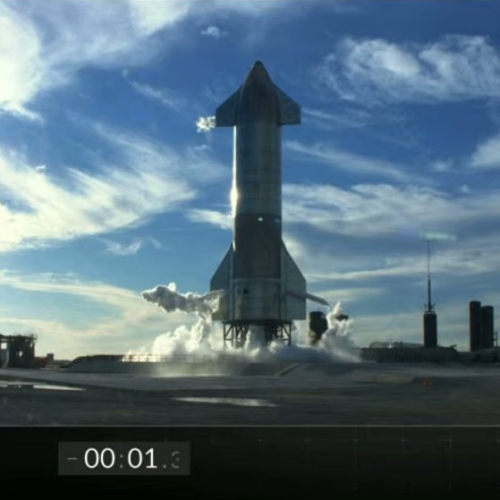China launches two science satellites with its Long March 11 rocket
The new colonial movement: China yesterday completed the eleventh successful launch of its Long March 11 rocket, putting two astronomy satellites in orbit designed to supplement gravitational wave research.
The satellites appear designed to look in other wavelengths at the region of sky from which gravitational waves are detected, and better pinpoint their location and nature.
This Long March 11 launch continues its perfect launch record. It uses solid rocket motors, derived from military missiles, which allow it to be stored easily and then launched quickly.
The leaders in the 2020 launch race:
33 China
23 SpaceX
13 Russia
5 ULA
5 Rocket Lab
5 Europe (Arianespace)
The U.S. still leads in the national rankings, 36 to 33, over China. And before anyone asks, yesterday’s SpaceX test suborbital flight of Starship does not qualify as a launch in these standings, as I only include successful orbital launches.
The new colonial movement: China yesterday completed the eleventh successful launch of its Long March 11 rocket, putting two astronomy satellites in orbit designed to supplement gravitational wave research.
The satellites appear designed to look in other wavelengths at the region of sky from which gravitational waves are detected, and better pinpoint their location and nature.
This Long March 11 launch continues its perfect launch record. It uses solid rocket motors, derived from military missiles, which allow it to be stored easily and then launched quickly.
The leaders in the 2020 launch race:
33 China
23 SpaceX
13 Russia
5 ULA
5 Rocket Lab
5 Europe (Arianespace)
The U.S. still leads in the national rankings, 36 to 33, over China. And before anyone asks, yesterday’s SpaceX test suborbital flight of Starship does not qualify as a launch in these standings, as I only include successful orbital launches.







